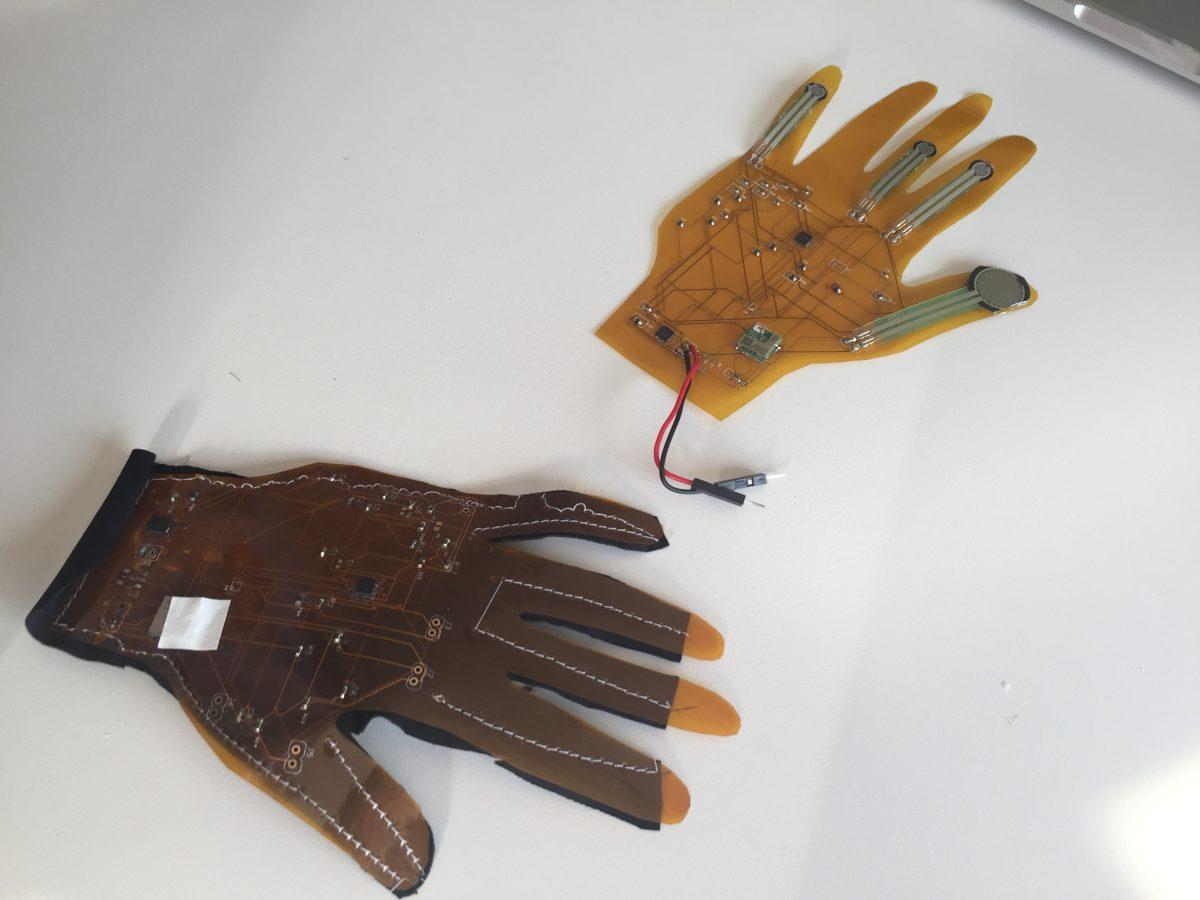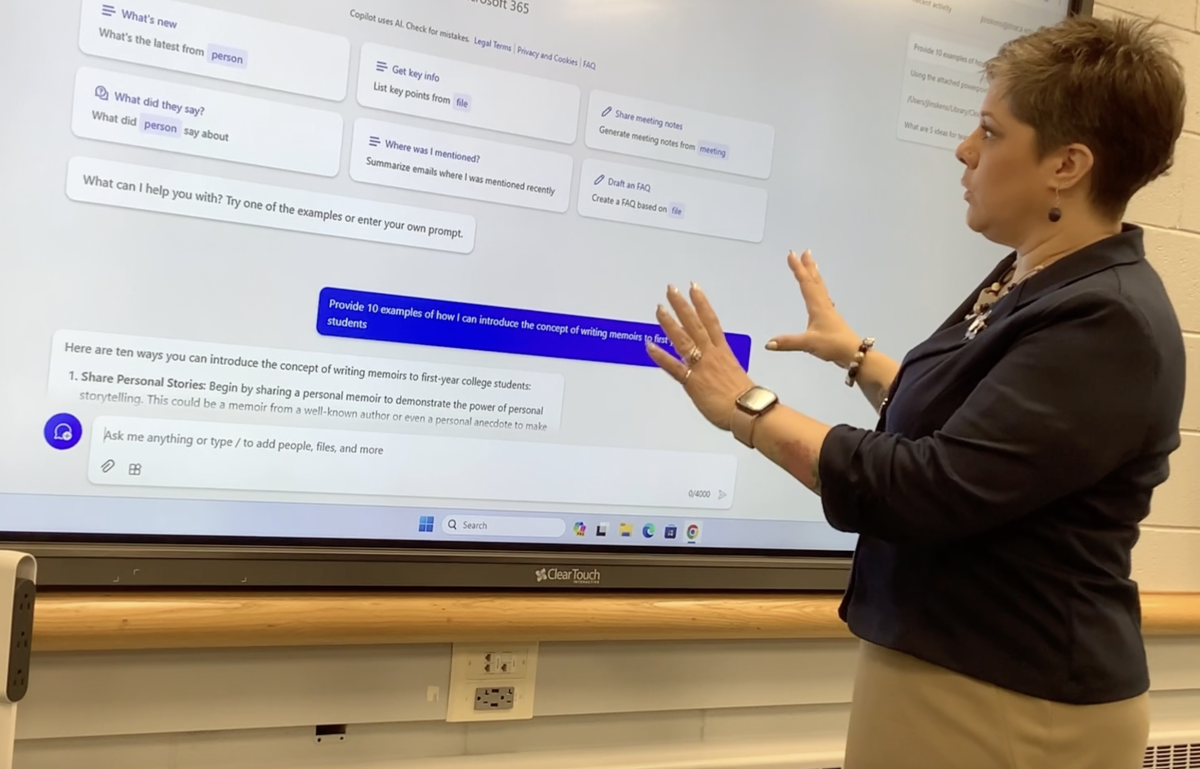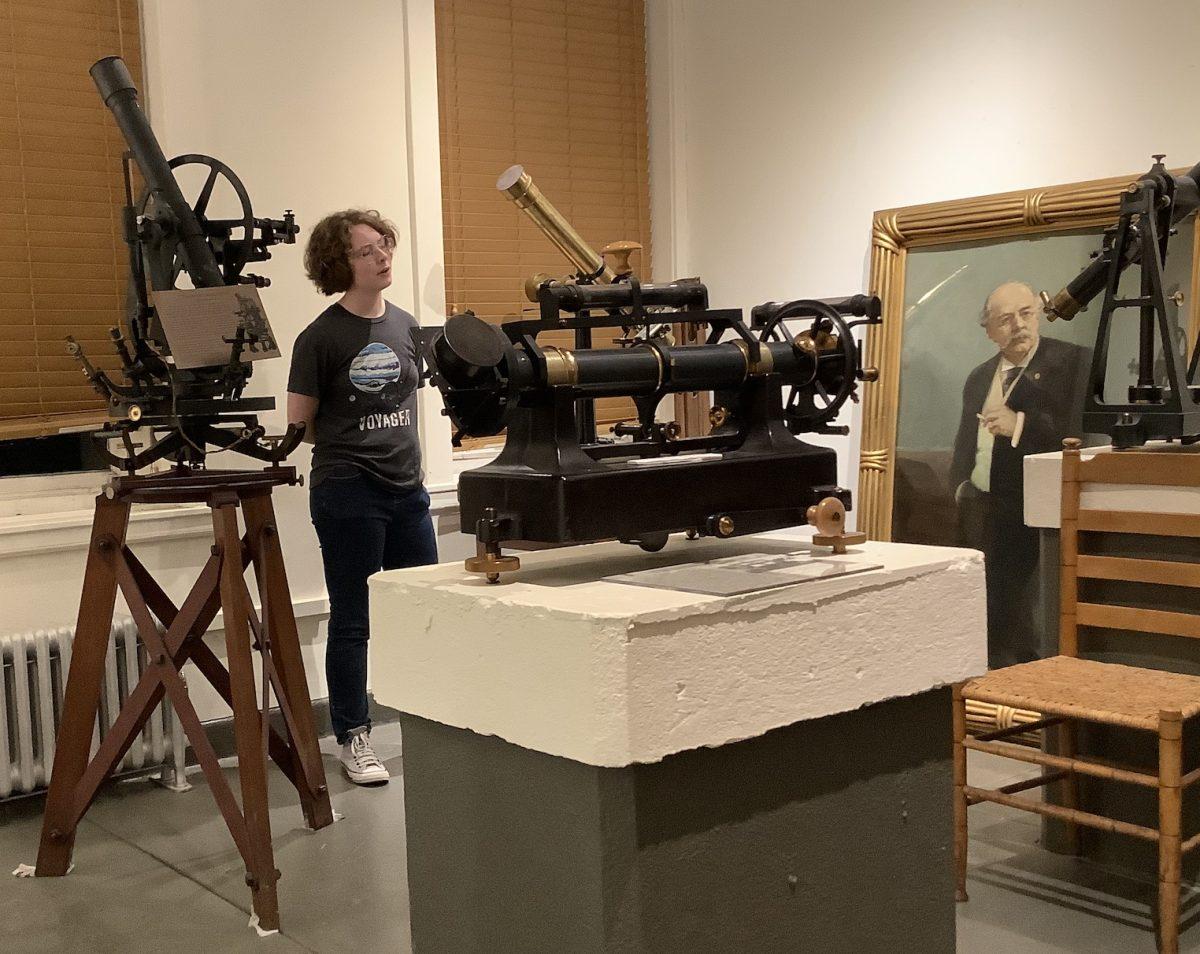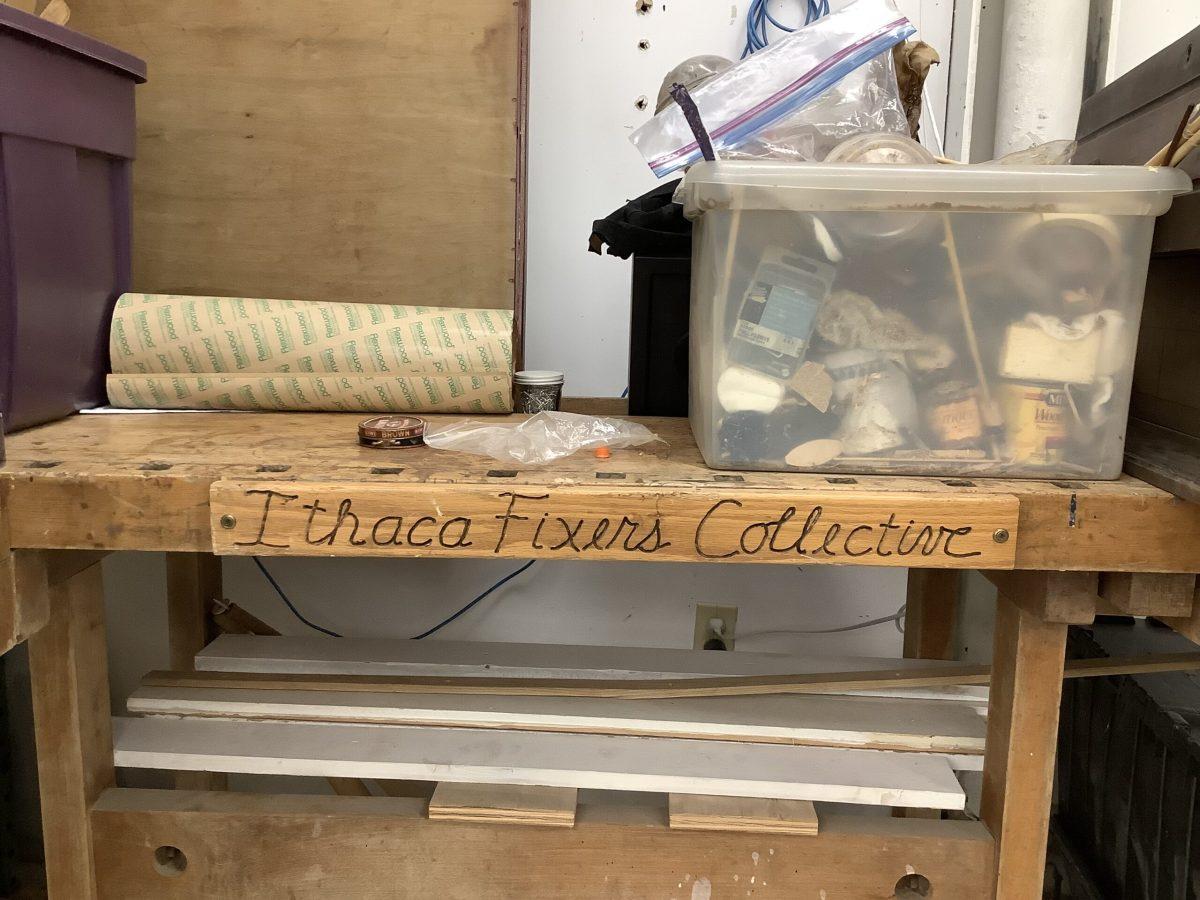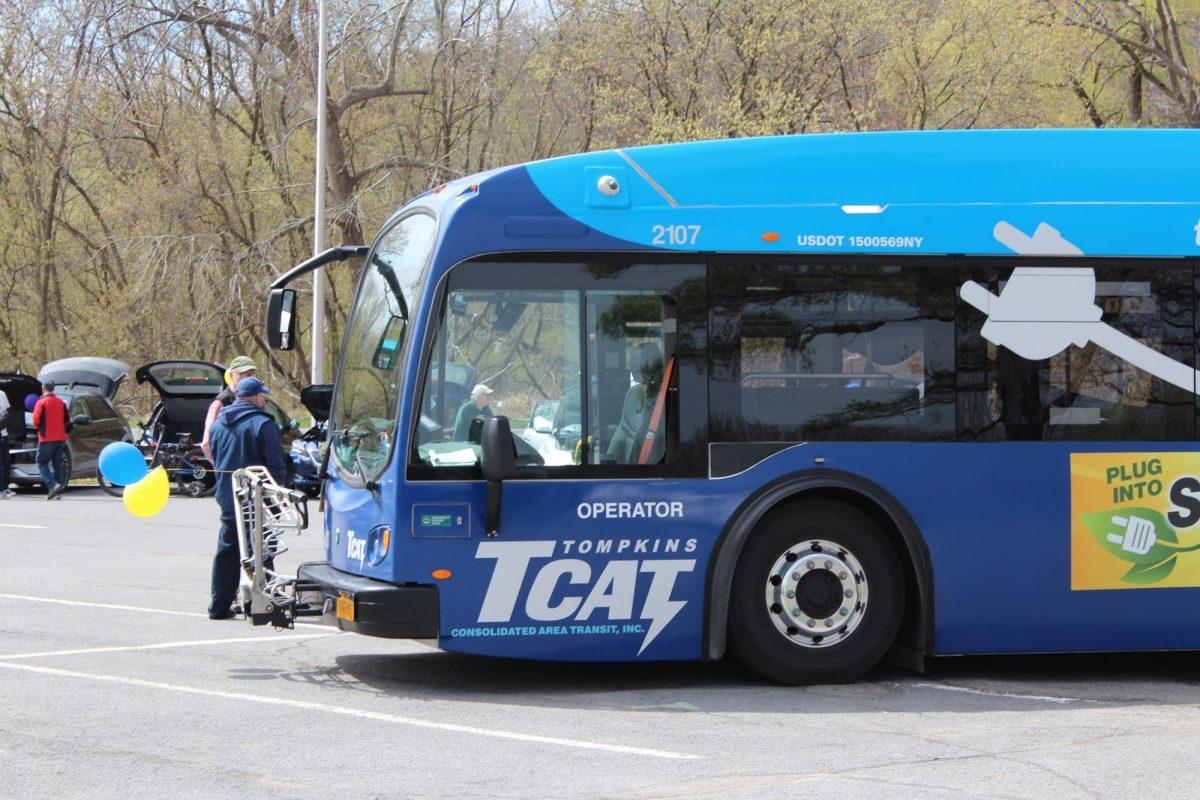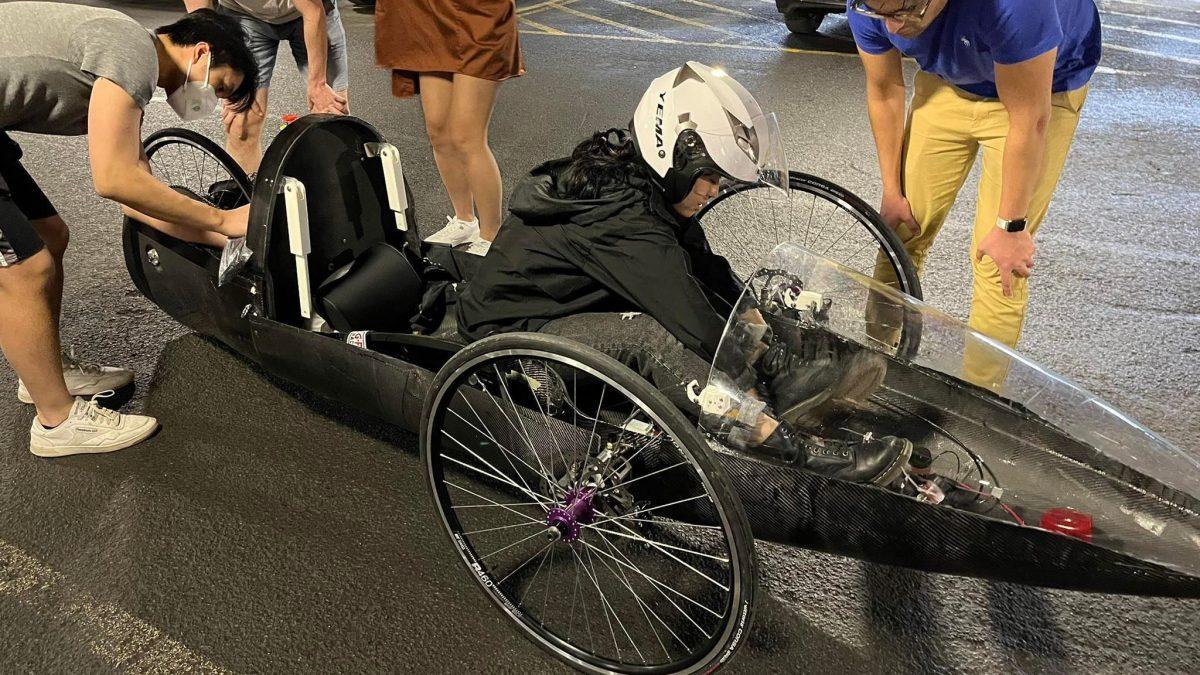
That’s where the idea for Orthofit was born. With fellow doctoral student Pankaj Singh, the three started working on their idea to prevent musculoskeletal hand injuries in the workplace.
“We know that people are getting injured because of the nature of the work and when we studied it, we realized that carpal tunnel syndrome is one of the most common injuries happening in the world,” Kiran said.
Carpal tunnel syndrome affects as many as two million people, with up to 500,000 surgeries done each year to treat the condition, according to the Center for Disease Control.
What is the Orthofit glove?
Orthofit provides smart glove technology that’s wearable in the workplace. Sensors inside the glove track hand and wrist movement throughout the day to compile data sent to Orthofit’s online software, available on a computer or smartphone. Through using the software, you can easily track:
- Risk rating for future injury
- Past history of injury
- Workplace habits
- Range of motions
“At the end of the day you can use all this data to do a detail analysis and decide how do you change your workplace or your working style so that there are no injuries,” Kiran said.
This technology allows companies and their employees to change their work habits to hopefully prevent these injuries from occurring.
“We are trying to prevent injuries from happening and give people a warning well before it happens,” Singh said. “Your health is more important than getting some work done before a deadline.
Kiran explained that in many industries, like the meat and poultry industry, the injury rate can be as high as seven to ten percent due to repetitive hand motion tasks.
“These companies are paying as much as 10 percent of their revenue on worker compensation or treating their employees,” Kiran said.
Because of this, Singh said the meat and poultry industry has shown huge interest in using their smart glove technology to keep track of their workers’ habits and injuries.
“One company was paying almost 100 million dollars a year for worker compensation, for work related injuries of musculoskeletal nature,” Singh said. “The problem was that people started paying attention to workplace injuries after they happened, with this we are trying to give you the initial signs of the injury before it even happens.”
Nellie Brown, the director of the Workplace Health and Safety Program at Cornell University’s Worker Institute, advised the team. Brown says she has reviewed with the team some of the restrictions of the basic evaluation tools to prevent worker injury.

“The smart glove has the potential to overcome many of these limitations,” Brown said. “Potentially, any workplace where people use their hands to perform tasks or manipulate tools could benefit.”
Brown is currently coordinating with a manufacturer in Western New York so Orthofit can begin testing their product in the field in the next few months.
Both Kiran and Singh emphasize that they are not creating the cure for disorders like carpal tunnel syndrome, but collecting data to help understand and prevent those injuries from happening.
“In the process of this business we are also creating this huge, unique databank of all the biomechanics related factors which cause injury,” said Kiran. “There is no such data out in the world.”

